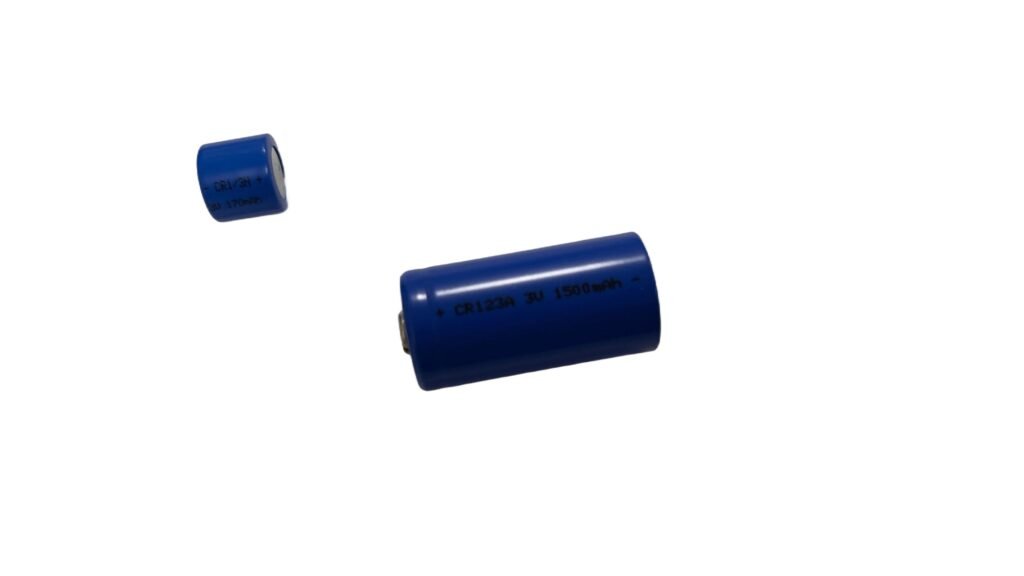
🔋 Introduction to Battery Rated Capacity and Key Parameters
Understanding battery rated capacity is essential for anyone working with rechargeable batteries, from engineers to consumers. It determines how much energy a battery can store and deliver under specific conditions, influencing its overall performance, efficiency, and lifespan.
🔎 What Is Battery Rated Capacity?
Battery rated capacity refers to the total electric charge a battery can deliver under standard conditions. According to IEC standards, for NiCd and NiMH batteries, this means charging at 0.1C for 16 hours, then discharging at 0.2C to 1.0V at 20 ±5°C. For lithium-ion batteries, rated capacity is measured after a 3-hour charge using constant current (1C) and constant voltage (4.2V), followed by a 0.2C discharge down to 2.75V.
Rated capacity is usually expressed in Ah or mAh (1Ah = 1000mAh).
🧪 Battery Parameters That Affect Performance
🔋 Residual Discharge Capacity
When a battery is discharged at a high rate (e.g., 1C), it may not release its full capacity due to internal resistance. However, if discharged again at a low rate (0.2C), more capacity is released—this is known as residual capacity.
⚡ Key Voltage Terms: Nominal, Open Circuit, Midpoint & Cut-off
- Nominal Voltage: Standard voltage during operation (1.2V for NiMH/NiCd; 3.6V for Li-ion).
- Open Circuit Voltage: Voltage when no load is connected.
- Cut-off Voltage: The minimum voltage before discharge must stop (1.0V or 2.75V depending on chemistry).
- Midpoint Voltage: Voltage at 50% discharge, reflecting performance in high-drain scenarios.
🔁 How Pulse Charging Impacts Battery Health
Pulse charging alternates short bursts of charging and discharging (e.g., 5s charge, 1s discharge). This reduces gas accumulation and internal pressure, helping restore lost capacity, especially for aged NiCd batteries affected by polarization and cadmium oxide buildup.
🔌 Common Charging Methods Explained
NiMH/NiCd Batteries:
- Constant Current (CC): Steady current throughout.
- Constant Voltage (CV): Voltage held constant; current tapers off.
- CC-CV (Hybrid): Start with CC, switch to CV when target voltage is reached.
Li-ion Batteries:
- Typically charged using CC-CV, ensuring both efficiency and safety.

